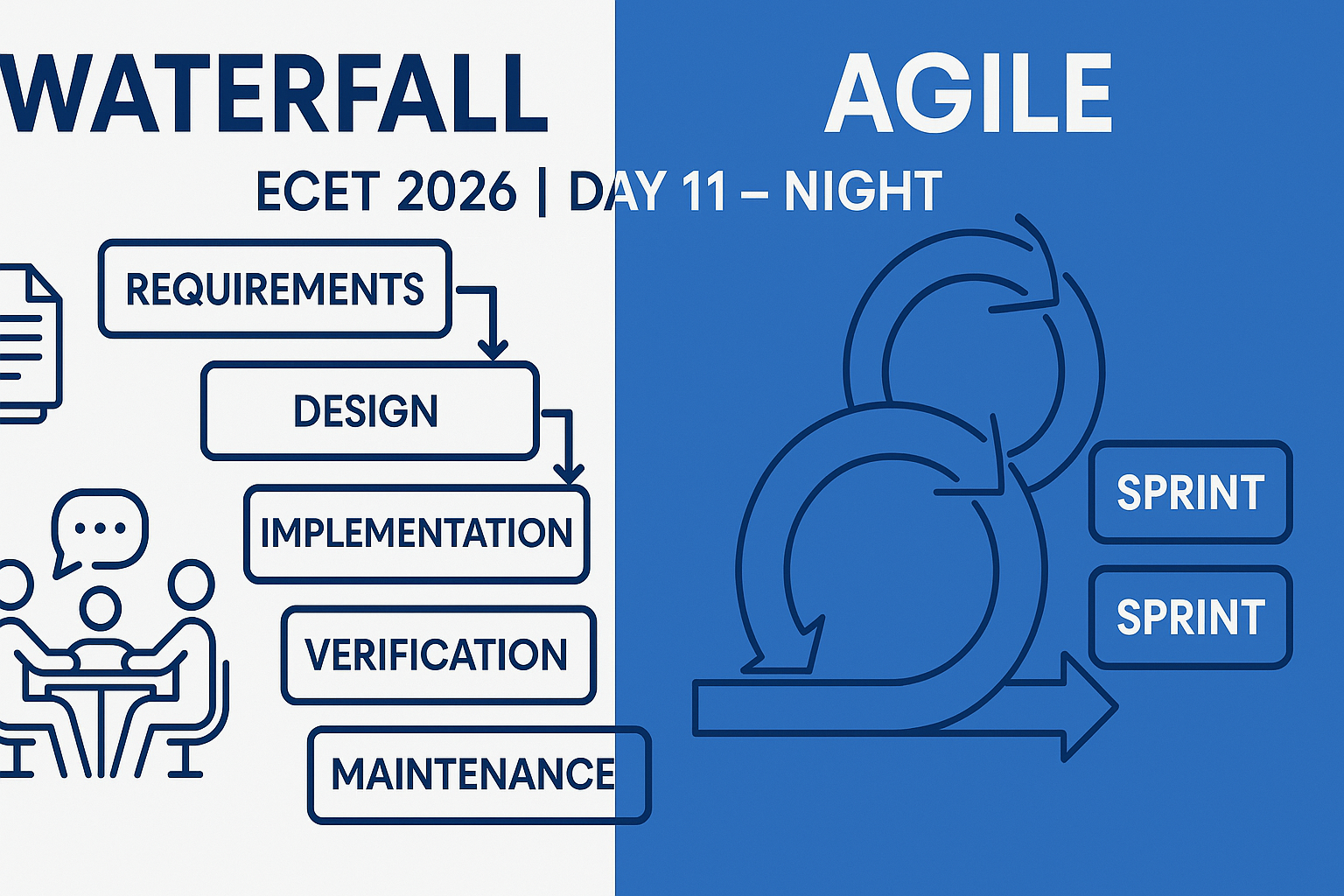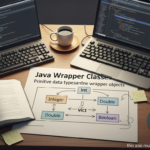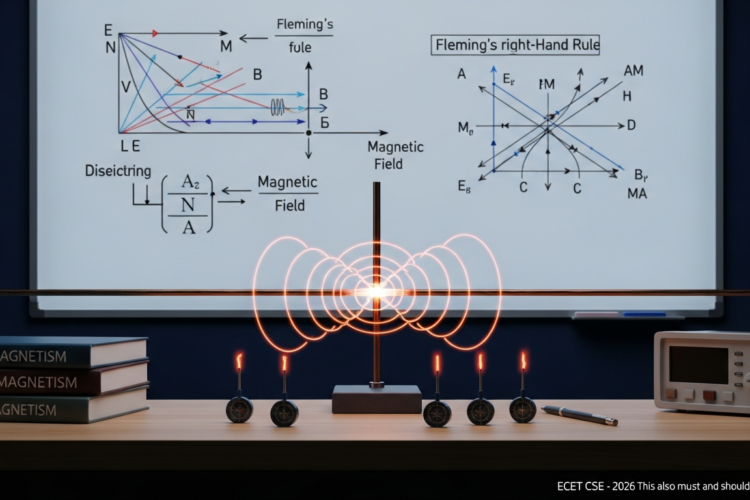
In the ECET 2026 CSE syllabus, Software Development Models are a commonly tested and scoring topic. Understanding the difference between Waterfall and Agile models is not only important for the exam but also vital for real-world software development projects. This blog provides you with a clear comparison, quick revision notes, 10 important MCQs, answers, and detailed explanations—all aligned with the C-23 Curriculum.
📘 Concept Notes – Waterfall vs Agile Models
🏞️ Waterfall Model:
- A linear, sequential approach to software development.
- Each phase must be completed before moving to the next.
- Phases: Requirement → Design → Coding → Testing → Deployment → Maintenance
- No going back to previous phases once moved forward.
- Best for small, well-defined projects with fixed requirements.
🔁 Agile Model:
- An iterative and incremental development model.
- Software is developed in small cycles called sprints.
- Allows customer feedback at every stage.
- Flexible to changes, suitable for complex or evolving projects.
- Emphasizes collaboration, working software, and adaptability.
🧩 Key Differences:
| Feature | Waterfall Model | Agile Model |
|---|---|---|
| Process Type | Linear, Sequential | Iterative, Incremental |
| Flexibility | Rigid, hard to change | Highly flexible |
| Customer Involvement | Low | High |
| Feedback | Late in process | Continuous in every sprint |
| Testing | After development phase | Alongside development |
| Suitability | Simple, fixed scope projects | Complex, dynamic requirements |
🔟 10 Most Expected MCQs – ECET 2026 [Waterfall vs Agile]
Q1. Which model is best suited for projects with changing requirements?
A) Waterfall
B) Agile
C) Spiral
D) V-Model
Q2. In which model is customer feedback received only at the end?
A) Agile
B) Waterfall
C) RAD
D) Spiral
Q3. The Agile model delivers software:
A) All at once
B) In one cycle
C) In working increments
D) After final phase only
Q4. Which of the following models does not support going back to previous phases?
A) Agile
B) V-Model
C) Spiral
D) Waterfall
Q5. In Agile, each development cycle is known as:
A) Phase
B) Sprint
C) Loop
D) Milestone
Q6. Which model is ideal when requirements are clearly defined and fixed?
A) Agile
B) RAD
C) Waterfall
D) Iterative
Q7. Agile promotes:
A) Minimal interaction with client
B) Sequential task execution
C) Customer collaboration
D) Big-bang delivery
Q8. Testing in Waterfall is done:
A) After each sprint
B) After full development
C) Before coding
D) Parallel to development
Q9. Agile methodology is best for:
A) Government projects with fixed requirements
B) Scientific calculators
C) Rapidly changing startups
D) Embedded firmware
Q10. Which of the following is not a key feature of Agile?
A) Flexibility
B) Continuous Delivery
C) Customer Collaboration
D) One-time Testing
✅ Answer Key Table
| Q.No | Answer |
|---|---|
| Q1 | B |
| Q2 | B |
| Q3 | C |
| Q4 | D |
| Q5 | B |
| Q6 | C |
| Q7 | C |
| Q8 | B |
| Q9 | C |
| Q10 | D |
🧠 Explanations of All Answers
- Q1 → B: Agile is flexible and best when requirements change often.
- Q2 → B: Waterfall model allows feedback only after full development.
- Q3 → C: Agile delivers working software in increments.
- Q4 → D: Waterfall is linear and does not support going back.
- Q5 → B: Agile uses “sprints” for iterative development cycles.
- Q6 → C: Waterfall is ideal for projects with fixed and clear scope.
- Q7 → C: Agile strongly encourages customer collaboration.
- Q8 → B: In Waterfall, testing is done after development.
- Q9 → C: Agile suits startups or evolving requirement environments.
- Q10 → D: Agile focuses on continuous testing, not one-time.
🎯 Why This Practice Matters for ECET 2026
Waterfall vs Agile is a frequently repeated question in the ECET Software Engineering section. With clear definitions and direct comparison, it’s a quick way to secure 1-2 easy marks. These questions are not only important for exams but also for real-world tech interviews, especially in project-based roles.
📲 Join Our ECET Prep Community on Telegram
Want daily notes, MCQ PDFs, model papers, and revision quizzes?
👉 Join now: @LearnNewThingsHub
More than 10,000 students learning together!



